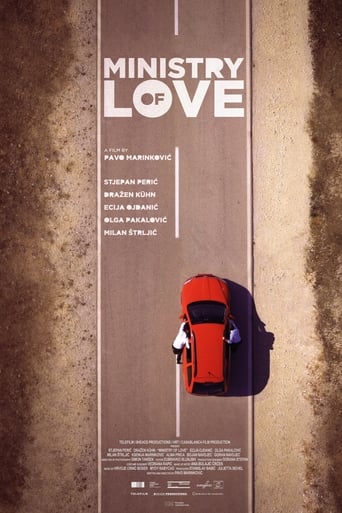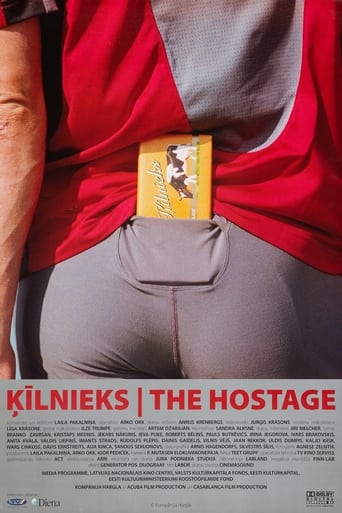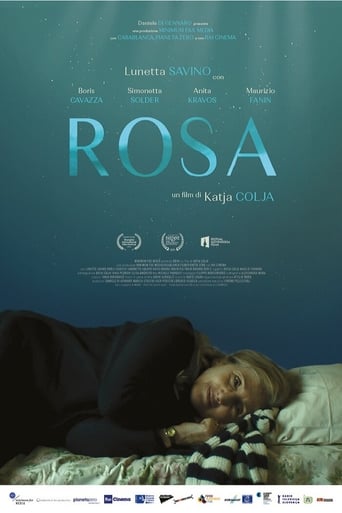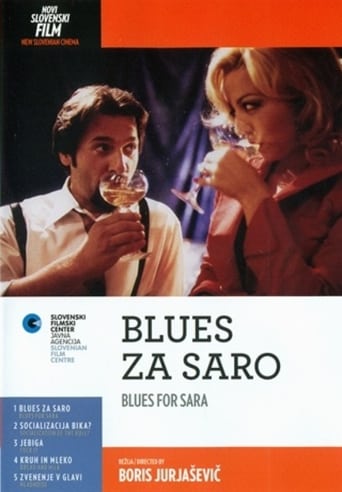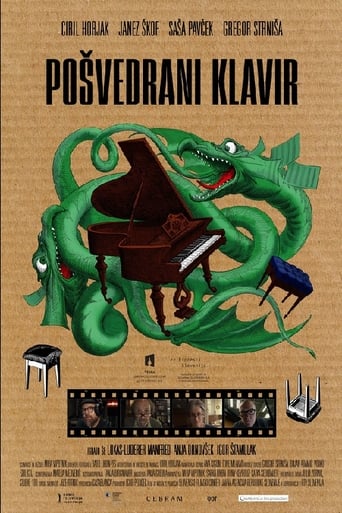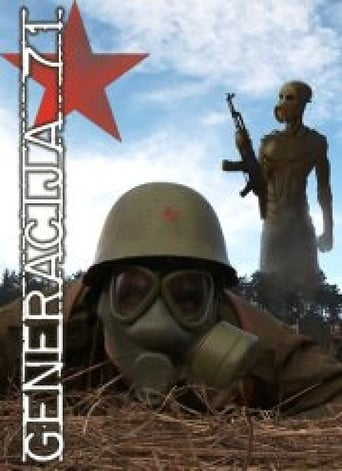Ministry of Love 2016
A razor sharp comedy all about relationships and red tape. Kreso is at a loose end. A fully qualified biologist, he's about to hit middle age, disillusioned, out of work and stuck in a marriage that should probably never have started. At least his son still looks up to him. Meanwhile, the country's cash-strapped government is busily looking for unique ways to save money, and now, over 20 years after the 1990's war, sets its sights on the widows of fallen soldiers. Anyone unmarried but in a new relationship will no longer be allowed a military pension. Enforcing such an unpopular measure requires a new department: The Ministry of Love, whose purpose will be to gather information on any widows breaking the new law. With nothing to lose, Kreso agrees to be put forward by his pushy father in law. The only problem is, together with his eccentric partner, Sikic, he's completely the wrong man for the job.
